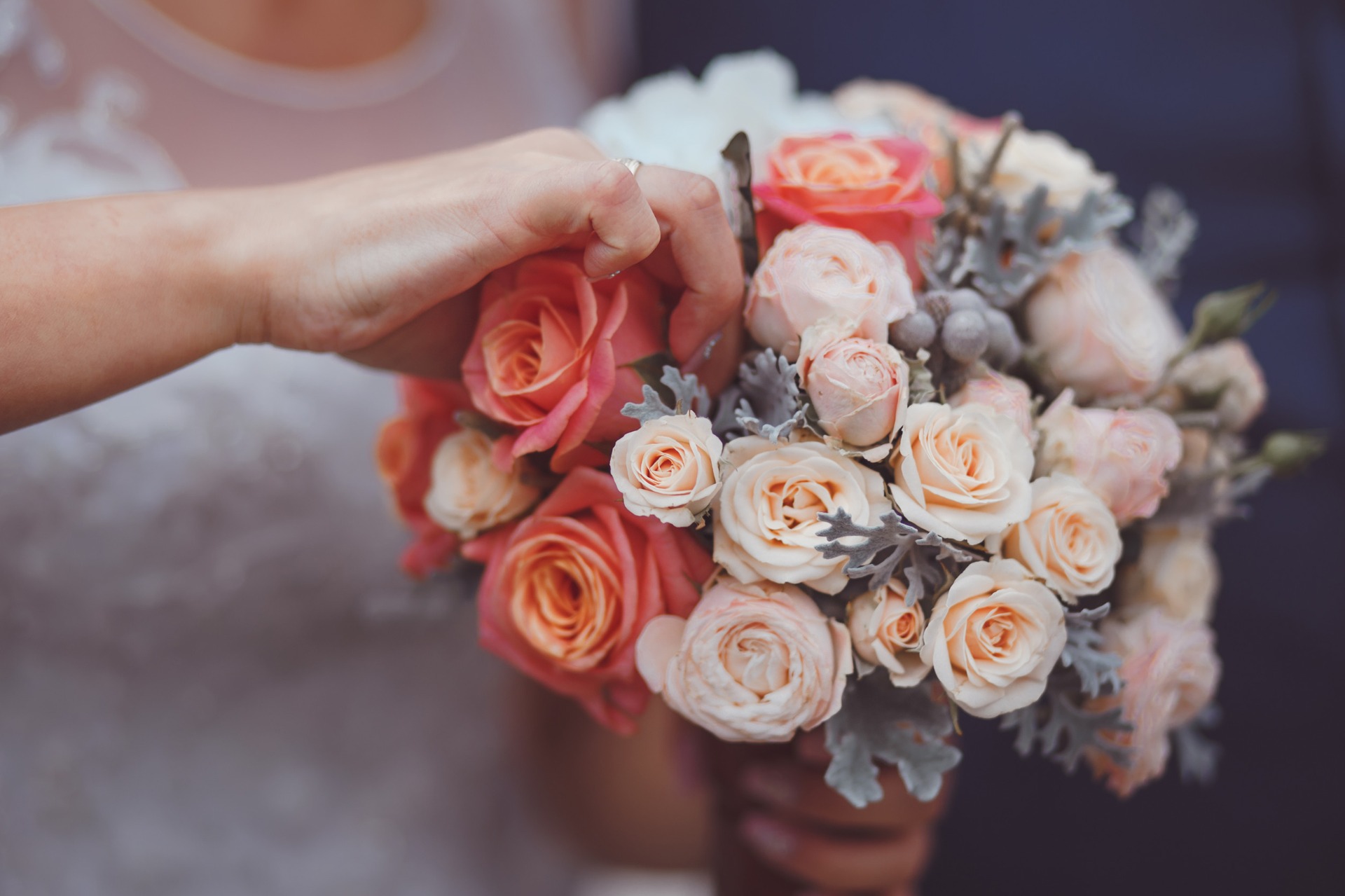The Science and Art Behind Flower Combinations
Flowers have an innate ability to evoke emotions, set the tone for an event, and transform a space with their beauty. But behind every breathtaking arrangement is a delicate balance of science and art. The perfect combination of blooms is not just about aesthetics; it's also about harmony, color theory, and the natural lifespan of each flower.

The artistic side of floral design relies on intuition, creativity, and an eye for color. Pairing complementary hues can create a sense of warmth and vibrancy, while monochromatic arrangements exude sophistication and elegance. The balance of shape and texture adds depth, making some flowers the focal point while others serve as graceful accents. Roses bring romance, lilies add drama, and delicate filler flowers weave everything together seamlessly.
On the scientific side, florists consider the longevity and compatibility of blooms. Some flowers thrive in the same water, while others release sap that can shorten the lifespan of their companions. Temperature, hydration, and light exposure all play crucial roles in keeping an arrangement fresh. Understanding which flowers naturally bloom together in the same season also enhances the harmony of a bouquet, ensuring that each blossom remains at its peak for as long as possible.
When science and artistry merge, floral arrangements become more than just decorations—they become stories told through petals and stems. The next time you admire a bouquet, take a moment to appreciate the careful thought behind each combination. It's a masterpiece of nature, guided by both knowledge and creativity.